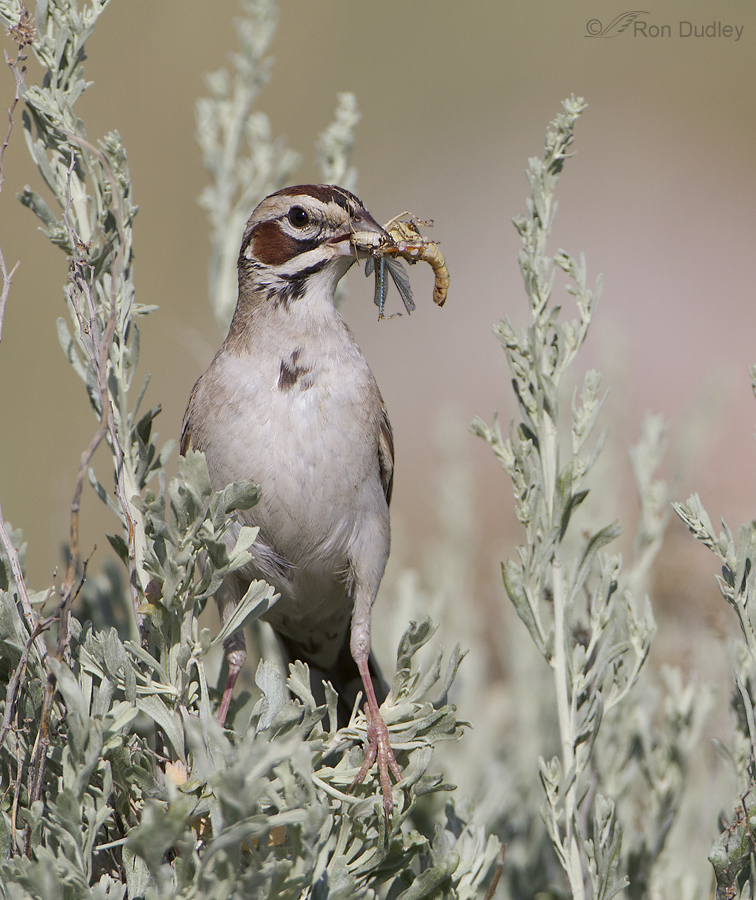Category: Antelope Island
Plumage-challenged Chukar
Black-billed Magpie Fledglings

I’ve been watching a Black-billed Magpie nest in a greasewood bush on Antelope Island all spring but the adults are very spooky and always fly off as I approach (the nest is very near a road and I stay in my vehicle on the road). But I’ve been looking forward to seeing the fledglings and I finally got a good look at all five of them last week.
Coyotes Like Eggs For Breakfast Too

At 5:30 yesterday morning Mia and I almost decided to stay home rather than make the hour-long drive to Antelope Island because the area up north looked to be socked in with clouds (the “Farmington Curse” I’ve mentioned before) but after we picked up our traditional “shooting breakfast” (chocolate donuts) we chose to take our chances and go anyway – a choice I’m glad we made.
Chukar – Wing Stretch On Tippytoes
Willets On Antelope Island
The Raven And The Pied-billed Grebe
Antelope Island – A Meadowlark Mecca
Antelope Island is still teeming with Western Meadowlarks and will be for the rest of the summer. Most are uncooperative but there are exceptions.
Chukars Descending
I’ve mentioned before how very reluctant Chukars are to fly. They much prefer to scurry away through the grasses whenever they feel insecure or threatened.
And that reluctance also applies when they’re ready to leave an elevated perch. They’ll nearly always find a way to scramble down a big rock rather than fly from it like most other birds would. That tendency was demonstrated to me twice yesterday morning on Antelope Island.
The Bison Of Antelope Island
Last fall I drove up just as this scenario was playing out. This guy was a biker (bicycle) who had laid his bike down on the road and approached this bison much too closely on foot to get a few photos with his point and shoot. I just knew bad stuff was going to happen so I quickly aimed my camera just as the bison charged this bozo.
Chukar Contrasts
Early last Sunday morning was a good time for Chukars on Antelope Island. It was too early for the weekend crowds who were mostly still home snoozing away, the light was great and the Chukars cooperative.
Mountain Plovers On Antelope Island – Yes, Here In Utah!
As I reported on my last post, Mia and I found two Mountain Plovers on Antelope Island yesterday. They’re rare in Utah and I had never seen the species before, even in my travels to Montana and Wyoming where they’re more common. It was a very exciting day.
Long-billed Curlew Courtship Behaviors
A week ago today, on 3/29/13, I photographed a pair of courting Long-billed Curlews on Antelope Island. For sexual ID purposes, notice that the female of this species (on the right in this first image) is larger than the male and has a significantly longer bill. It’s also been my observation that the male is darker and redder than the female but I don’t see that mentioned in the physical descriptions in the field guides and other sources that I’ve read.
A Meadowlark Morning
Yesterday morning there was meadowlark magic on the island. They were almost everywhere, singing lustily from atop their sagebrush and rabbitbrush perches (and more than a few ugly signposts). Several times I just stopped the truck, turned the engine off and got outside to listen. You could hear dozens of them simultaneously – some very close, some far away and others everywhere in between. Their melodious calls literally bounced off the hilltops.
Chukars – More Accessible During Springtime
Our Chukars are generally easier to approach in the spring and early summer than they are the rest of the year. Right now, pair bonds are being formed and the birds seem more concerned with others of their own kind than they are about me and my pickup.






